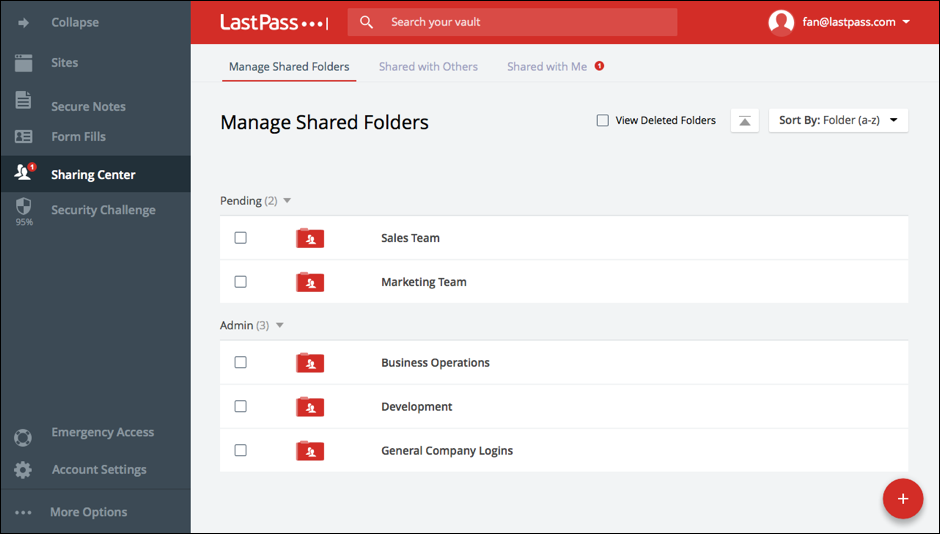

As the name suggests, you install anti-virus or anti-malware software on your computer to detect, alert and remediate malware. Perhaps the best way to understand it is that anti-malware software is what you’re really buying, even though it’s often branded as anti-virus software. So, we have anti-virus software that should be called anti-malware software, as this software today tackles a broader range of digital threats now than back in the 1970s. Over time, virus became the widely used term for all malware, even though it’s not technically correct. However, the first mainstream virus was programmed in the early 1970s. The virus was the first malicious program ever thought of as early as 1949. However, they can - and do - get Mac viruses. So, going back to those “Get a Mac” ads - they weren’t lying. Similar to regular software like Zoom and Google Chrome, there are operating system-specific versions for Mac, Windows, Linux, iOS and Android. For the rest of this article, the term “malware” will include viruses and other malicious software.

Remember this: while all viruses are malware, not all malware are viruses. Malware is the encompassing term for all these different types of malicious programs. There’s also adware that puts unwanted ads on your computer and spyware that monitors inputs like your microphone, webcam, or keyboard strokes.

These are called worms and ransomware, respectively. Malware is the more modern term, standing for “Malicious Software.” Where a virus can only replicate on a system or through a user sharing the program, like through an email or flash drive, other types of malicious software can replicate over a network without user involvement or lock down a system until a ransom is paid. A virus is software that, when infecting a computer, replicates and maliciously harms it by corrupting system processes or deleting files. The term “virus” is actually a bit outdated. Mac replies, “PCs but not Macs.” To this day, this ad that’s over a decade old has perpetuated a belief that Macs don’t get viruses when in reality, Macs don’t get PC viruses.īut there’s more to the story than that. In one of these ads, PC is sick with a computer virus and tells Mac to stay away. This belief stems from Apple’s “Get a Mac” campaign that aired from 2006 to 2009.ĭuring these ads, the “Mac,” played by Justin Long, and the “PC,” played by John Hodgman, would act out vignettes where an Apple Mac is better than a Microsoft PC. There’s a common misconception that Macs don’t get viruses. Why do you use a Mac? Is it for the aluminum build? For macOS? Or perhaps you bought it for security.


 0 kommentar(er)
0 kommentar(er)
